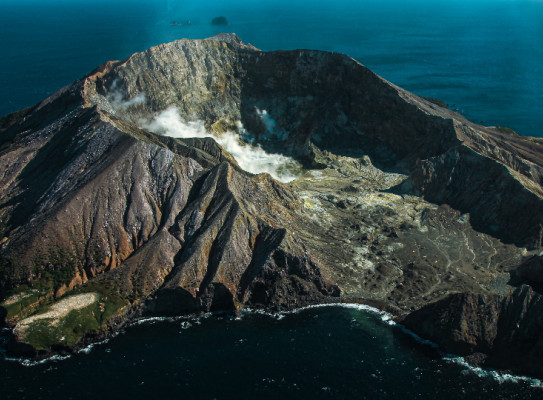
Craig Miller Senior Volcano Geophysicist
View BioCraig is a Senior Volcano Geophysicist specialising in application of geophysical potential field and electrical methods to model volcanic structure and time-varying processes. His research involves applying novel inversion techniques to image volcanic architecture and the use of data-driven models to interpret volcanic unrest in a probabilistic sense. He currently leads the Beneath the Waves Endeavour programme which aims to quantify hazards from New Zealand's near shore island volcanoes. He was worked on numerous volcanic eruptions and unrest episodes in NZ, Vanuatu and Chile and has been a member of the volcano duty team since 2003.
Contact Me